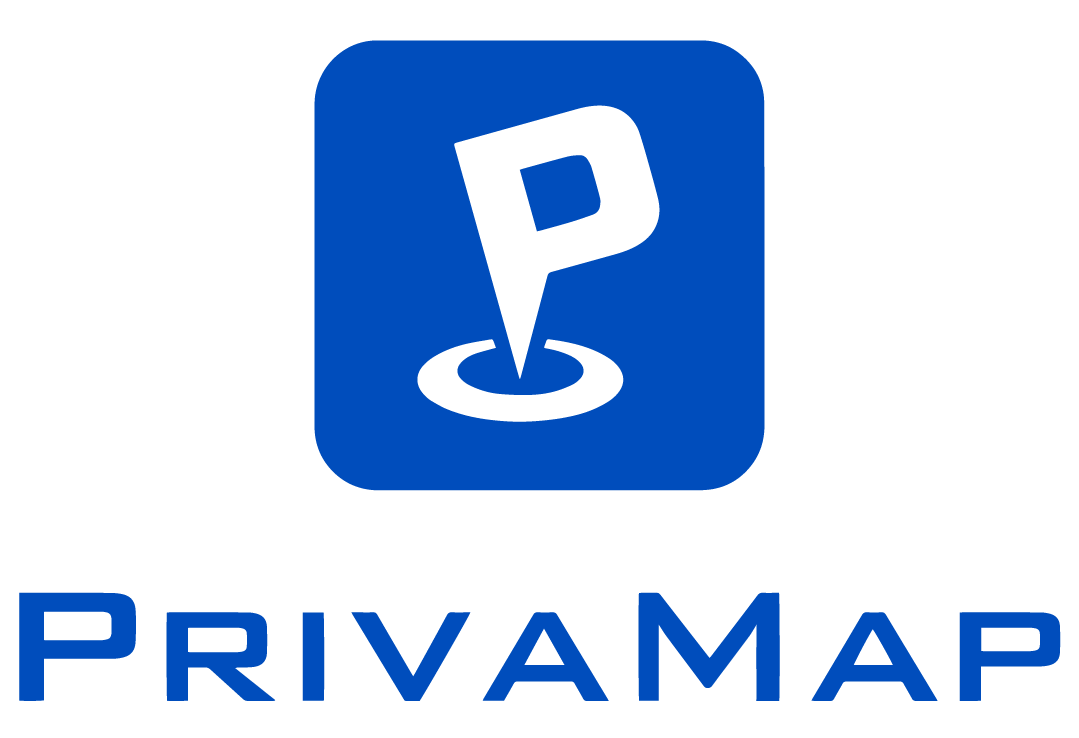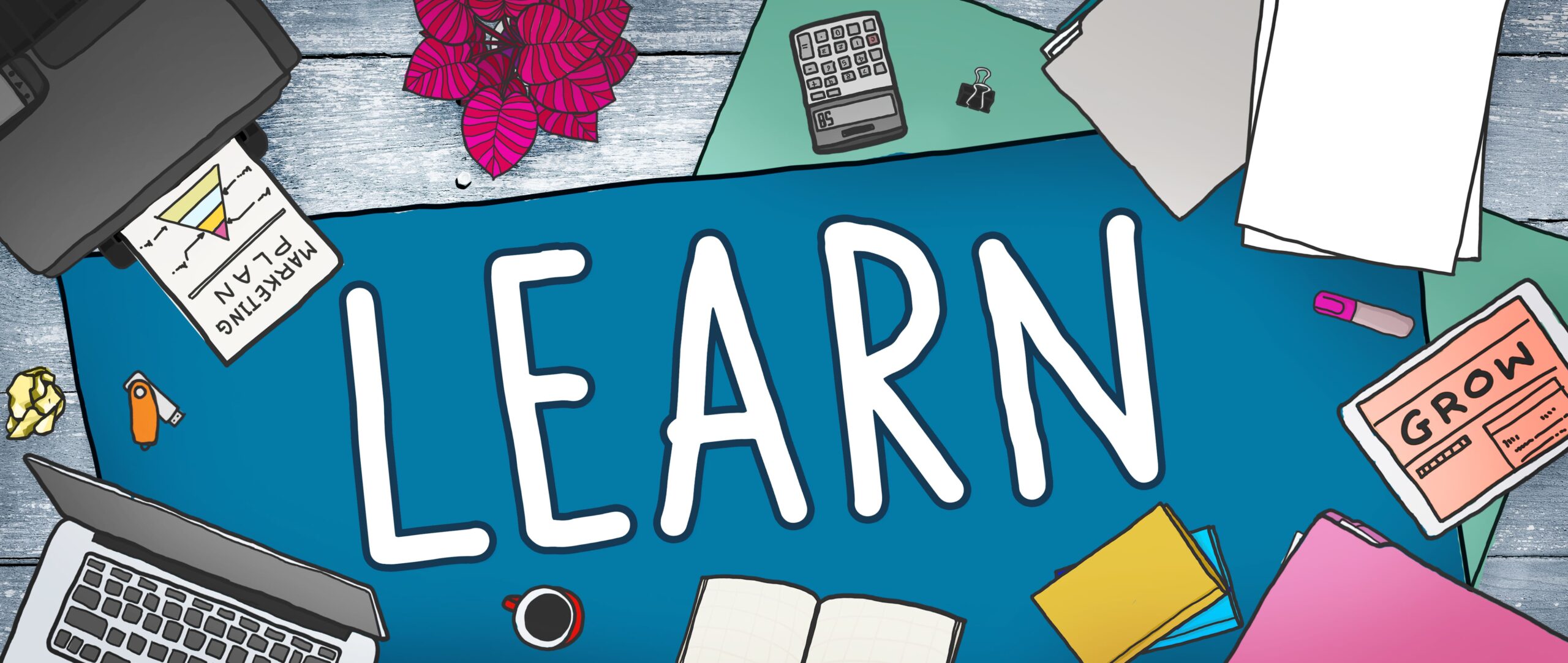In the first part, you were introduced to the vocabulary and technical terms used in PrivaMap, but what about the terms found in the field, mainly on industrial, SEVESO and chemical sites?
Continuation of vocabulary :
MASE :
MASE stands for « Manuel d’Amélioration Sécurité des Entreprises ». MASE is a standard developed in France to promote and improve safety, health and the environment within companies.
SEVESO :
SEVESO is a European directive designed to prevent major accidents involving hazardous substances and limit their consequences for human health and the environment. It takes its name from the Seveso disaster in Italy in 1976, when a toxic cloud formed following an explosion in a chemical plant.
The SEVESO directive requires European Union member states to identify and control industrial facilities presenting major risks due to the presence of hazardous substances.
CMR AGENTS :
CMR agents refer to chemical substances with carcinogenic, mutagenic or reprotoxic (CMR) properties. These substances can have harmful effects on human health, in particular by causing cancer, genetic mutations or fertility problems.
Employers are required to assess the risks associated with the use of CMR agents in the workplace, and to take steps to control them.
The CMR consignment note :
The CMR consignment note (Convention on the Contract for the International Carriage of Goods by Road) is issued by the carrier and constitutes proof of the contract of carriage. It contains essential information on the shipper, the consignee, the nature of the goods, delivery conditions, payment terms, etc.
The CMR is an essential document for carriers and the parties involved, as it establishes the rights and responsibilities of each party. It serves as proof of the carrier’s acceptance of the goods, and helps settle any disputes or claims that may arise during transport.
BL :
The BL (Bon de livraison) is a delivery note contains important information such as the customer’s name and address, details of the products or services delivered, quantity, reference numbers, date and time of delivery, and the signature of the customer or his representative to certify receipt. It may also include additional information such as delivery conditions, special instructions or remarks.
GVWR :
This is a regulatory indication representing the maximum authorized weight for a road vehicle, including its maximum load. The GVWR (Gross Vehicle Weight Rating) includes the unladen weight of the vehicle itself, as well as the weight of passengers, fuel, cargo and any other on-board equipment.
DEPOSIT :
Unloading is the action of unloading a cargo or container from a means of transport, such as a ship, truck or train, to transfer the goods to a storage or distribution location. It is an essential step in the logistics chain, enabling goods to be unloaded safely and efficiently.
Stacking:
The term « stacking » refers to the action of superimposing or stacking objects, usually containers, pallets or products, in an orderly and secure manner. Stacking is commonly used in handling and storage operations to optimize the use of available space and facilitate the transport of goods.
Drop-Off:
The term « drop-off » in logistics refers to the practice whereby drivers temporarily leave their trailers on site to optimize their attendance time. This allows the site to manage deferred loading/unloading and prepare trailers for other drivers. This practice optimizes operations, reduces waiting times and maximizes the use of storage space.
ATEX ZONE :
The ATEX (Atmospheres Explosibles) zone is an area in an industrial environment where potentially explosive atmospheres can form. These atmospheres may be composed of combustible gases, vapors, dusts or mixtures of these. Specific safety measures must be implemented in ATEX zones to prevent the risk of explosion.
TD :
Simply Truck Driver
Together, we’ve explored the vocabulary relating to industrial sites and Privamap. You are now familiar with these terms and better equipped to understand and discuss them. Don’t hesitate to come back to us if you have any further questions or need any additional information, and if you’d like an episode 3 of « supply chain vocabulary ».
Feel free to consult our site here or another publication there! If you missed the first part on supply chain vocabulary, it’s here!


